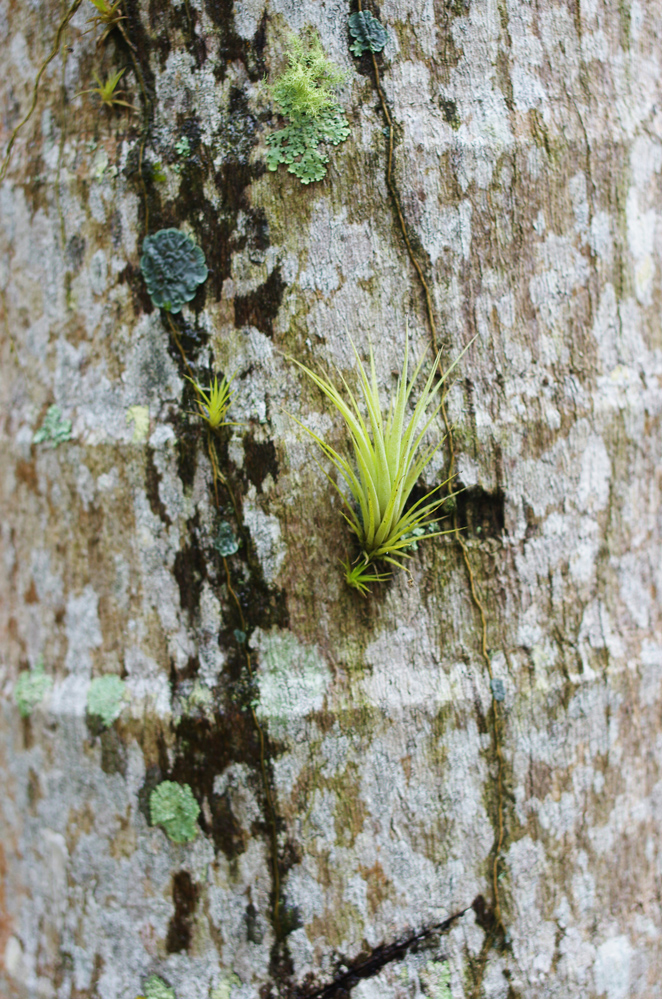How Developers are Maximizing Investments through At-Scale Sustainability Certifications


The market is tightening, and securing investor-backed funding requires differentiation between competitors. In a recent Forbes article, Hank Smith, Head of Investment Strategy at The Haverford Trust Company, said, “At its core, ESG investing is about influencing positive changes in society by being a better investor.” Aside from benefiting society, an ESG investing strategy can create higher returns. JUST U.S. Large Cap Diversified Index (JULCD), a market index that tracks the performance of large, public companies with high ESG scores, has outperformed the Russell 1000 for three years in a row.
With greater emphasis on ESG investing, we’re seeing real estate investors and capital partners require projects to have a sustainability certification in order to provide funding. In the U.S., this tends to be a minimum of LEED Certified or even LEED Silver, while in Europe, it’s more common for a BREEAM certification requirement.
Beginning a certification process or protocol can be daunting. Third-party sustainability certifications are known for adding significant costs, complications, and headaches. In our firm’s 30+ years of experience, this does not have to be the case. By utilizing a LEED Volume program, the certification process is extremely streamlined, significantly less expensive, and much easier for everyone involved. BranchPattern has created thirteen (13) LEED Volume programs, more than any other consulting firm. Developing, managing, and implementing a LEED Volume program differs greatly from LEED consulting for individual projects. The program’s efficiency is determined by its careful design, so it’s important to engage a trusted advisor if you’re interested in embarking on a program.

You’d make an ideal candidate for LEED Volume, if:
- You plan to certify at least 5 projects per year
- You want to certify projects that are all the same building type (industrial, office, multi-family, etc.)
- You’re frustrated with how long it takes projects to earn a certification
- You crave consistency in your certifications and want to drive innovation and quality while controlling risk and cost
- You want to make a public commitment that all future projects will be certified
- You want to build best practices across your entire portfolio (ex. Create better specs that help you meet sustainability targets)

LEED Volume projects are less expensive, easier, and faster to certify when compared to using an individual approach to LEED certify projects. Here’s why:
GBCI certification fees are calculated based on square footage. For example, a million-square-foot industrial building can cost over $50,000 in certification fees charged by GBCI. However, when that same project is enlisted in a volume program, the certification fees drop to $4,000. In addition to GBCI fees, BranchPattern can design the program to reduce the cost of additional scopes associated with certifications, such as commissioning, energy modeling, LEED administration, and documentation. Typically, the total added cost for LEED certification is 50% less if that project is in a LEED Volume program. Why is it more cost-effective for BranchPattern to deliver a project under a LEED Volume program? It’s a lot more efficient, making it easier for everyone involved!
Certifying projects under a LEED Volume program is easier for the developer because they have a single provider. Rather than acquiring different teams and consultants on every project to manage sustainability consulting, documentation, energy modeling, commissioning, and any other certification-related items, through the LEED Volume program, developers will only coordinate with one point-of-contact for every project and every scope required. There are cost savings in having one project manager, with all subject-matter experts under one roof, running point on everything related to certifications.
It’s easier for the project teams (architects, engineers, contractors, etc.) because they have a strong leader with a clear understanding of what’s needed from the very onset of the project. At the portfolio level, the certification blueprint is pre-determined, so there is less time spent evaluating which points are achievable for each project. Also, project teams are not required to use LEED Online or fill out any documentation! Therefore, no previous experience with LEED is required for your project teams, which can also lower the cost. BranchPattern provides the necessary requirements from the project kick-off and integrates the requirements into standard design deliverables and construction processes.
Volume programs are easier for GBCI, which is where the certification cost savings come in. Rather than GBCI reviewing every project individually, they approve credits at the portfolio level. Because BranchPattern is a trusted ally within LEED Volume programs, we conduct the QA/QC on each project. GBCI will audit projects from time to time, but their effort is significantly reduced.
Submitting documentation after construction is faster in a volume project because the BranchPattern team is much less reliant on project teams for documentation (as discussed above). Standard LEED project review takes approximately 2-3 months after all the documentation is submitted. This includes the review process and resubmissions. Comparatively, a volume project typically only takes 1-2 weeks to complete the review.
Now that you’ve heard all the benefits, here’s how to get started and implement a LEED volume program:
Once committed, it can take several months to develop a volume program and register your first project using it. The development process includes working with project teams to identify the appropriate prototype credits. This is done through an audit reviewing past LEED certifications and general design and construction practices, as our goal is to align with your existing process. The audit process also includes working with corporate ESG team members to make sure the prototype credits selected are aligned with corporate goals related to sustainability targets and other initiatives. Then, BranchPattern consultants work directly with GBCI to gain final approval and verification of the prototyped credits.
As more capital partners and investors are prioritizing ESG investing, it’s crucial to get your green building certification strategy developed and implemented. A LEED Volume program can be a huge help, and if that’s the case for you, BranchPattern has the most expertise in LEED Volume of any consultant in the market. We’re here to help you and make the entire process as easy and seamless as possible.




View More Resources
Benefit from our expertise


